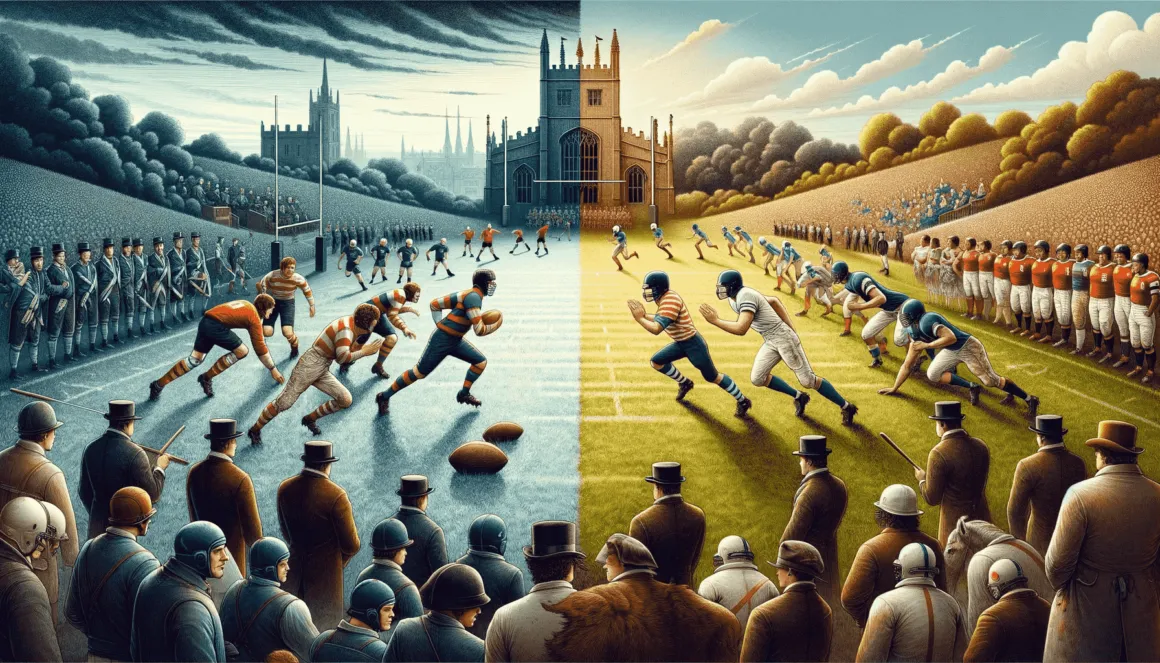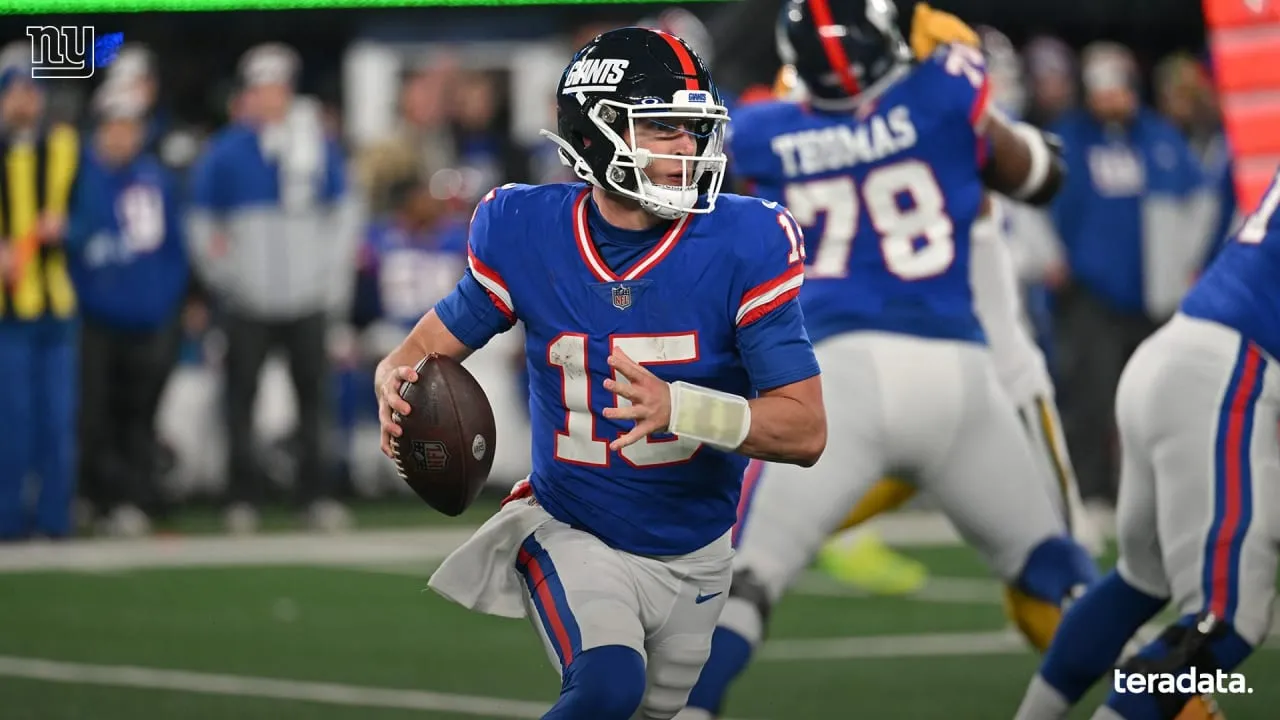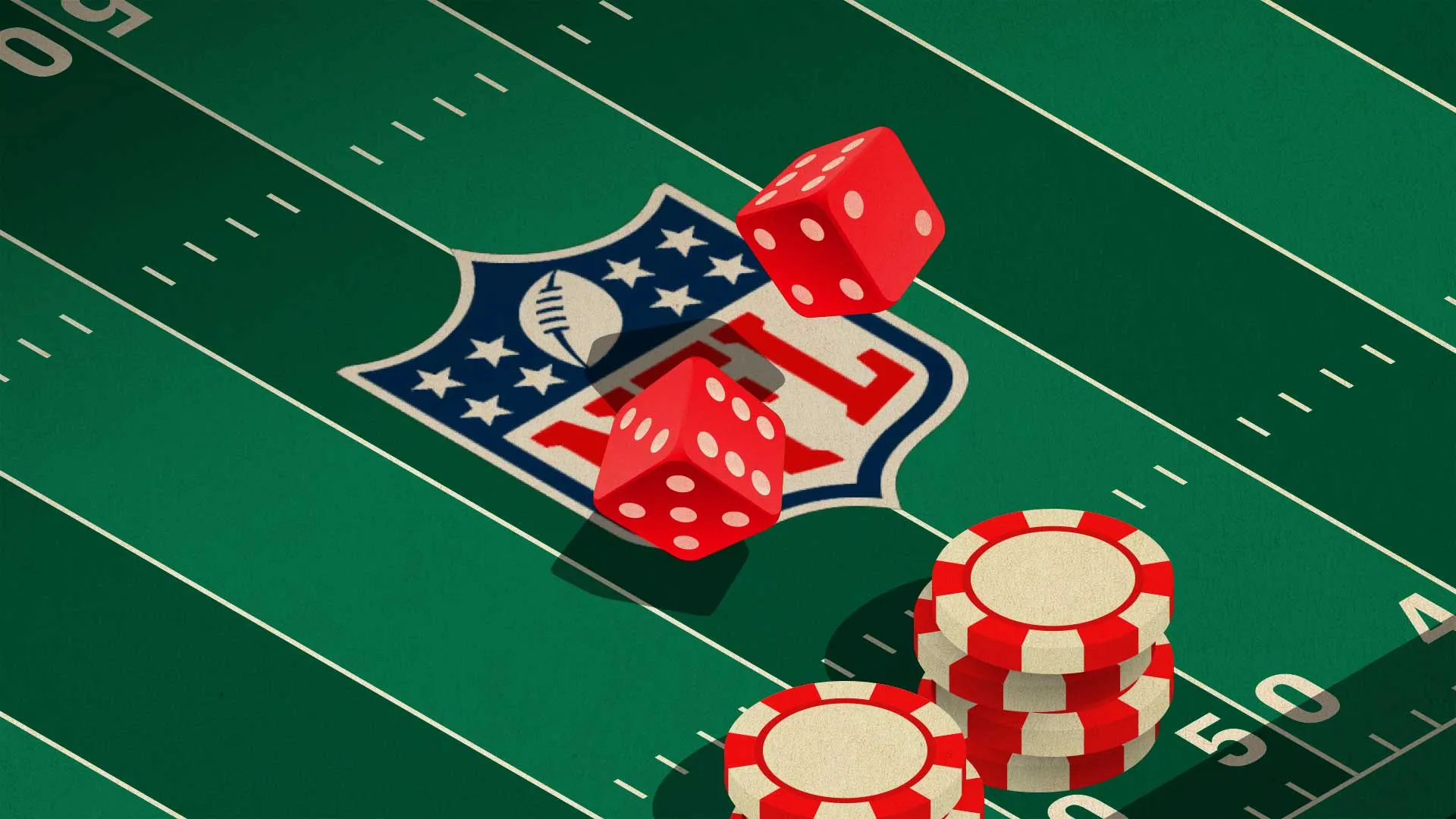For many, football is more than just a sport – it’s a way of life. And at the heart of the game are the records that players and teams strive to break and set every season. From individual achievements to team milestones, these records represent the pinnacle of success in the National Football League (NFL). But how did these records come to be? And how have they evolved over time?
In this article, we will take an in-depth look at the history of NFL records and how they have shaped the game we know and love today. We will explore the most significant records in each category and analyze the impact they have had on the league. So buckle up, put on your favorite jersey, and let’s dive into the exciting world of NFL records.
The Early Years: 1920s-1940s

The Inception of NFL Records
The NFL was officially founded in 1920 as the American Professional Football Association (APFA). At the time, there were no official records being kept, and statistics were sparse. The first recorded game in APFA history was between the Dayton Triangles and the Columbus Panhandles, with the Triangles winning 14-0. But even then, there was no record of the players’ stats or performances.
It wasn’t until the 1932 season when the league finally started keeping track of player and team statistics, albeit in a limited capacity. The primary focus was on scoring categories, such as touchdowns, field goals, and extra points. Passing yards and rushing yards were also recorded, but not for individual players – only for teams as a whole.
George Halas: The Pioneer of NFL Records
As the founder, owner, and head coach of the Chicago Bears, George “Papa Bear” Halas played a significant role in shaping and promoting the early years of the NFL. And when it came to records, Halas was a man ahead of his time. In 1934, he introduced the concept of an official record book for the NFL, which would be published annually.
Halas also had a hand in creating statistics that are still used today, such as yards gained by rushing and passing, and completed passes. He believed that keeping track of these numbers would add another layer of excitement and engagement to the game.
The First Official Record Book and Its Impact
In 1935, the first official NFL record book was published, containing stats from the past five seasons. It was a massive success, with fans and media outlets devouring the information. For the first time, they had data to analyze and compare players and teams across different seasons.
The record book also helped establish norms and standards for what would be considered a significant achievement in the league. For example, before the book’s publication, there was no official record for the most points scored in a season. But after, the benchmark was set at 100 points, which would be tied by the Bears in 1941.
The Modern Era: 1950s-1970s
The Rise of the Passing Game
The 1950s saw a surge in passing yards and touchdowns, thanks to the innovations of offenses like the “West Coast” offense developed by the San Francisco 49ers. As a result, the focus of NFL records shifted from rushing to passing categories. In 1954, the first 1,000-yard passer, Detroit Lions quarterback Bobby Layne, was recorded, and by the end of the decade, it was common for top quarterbacks to pass for over 2,000 yards in a season.
Jim Brown: The Record Breaker
One player who dominated the record books during this era was Cleveland Browns running back Jim Brown. Starting in 1957, Brown set records in rushing yards, touchdowns, and total points scored that would stand for decades. His most impressive feat was rushing for over 1,800 yards in both the 1963 and 1964 seasons, a record that wouldn’t be broken until 1973 by O.J. Simpson.
Brown’s success on the field also helped bring attention to the importance of NFL records. As a dominant player in an era where stats were becoming more important, he became a symbol of greatness and set the bar high for future generations of players.
The Merger: AFL-NFL and the Expansion of Records
In 1970, the American Football League (AFL) merged with the NFL, creating one unified league. This merger not only brought new teams and players into the mix but also expanded the number of games played in a season from 14 to 16. This expansion opened the door for players to break more records, as they had two additional games to rack up stats.
The Modern Era Continues: 1980s-2000s

Dan Marino: The Record-Breaking Quarterback
The 1980s saw the rise of the West Coast offense, which focused heavily on passing plays. And no one embodied this style of play better than Miami Dolphins quarterback Dan Marino. In 1984, Marino shattered the previous single-season passing yard record by throwing for over 5,000 yards, a record that would stand for nearly two decades.
Marino’s impressive numbers not only solidified his place in NFL history but also sparked a race among quarterbacks to break his records. However, it wasn’t until 2008 when New Orleans Saints quarterback Drew Brees finally surpassed Marino’s single-season passing yards record.
The Running Back Revolution
While the focus in the 1980s and ’90s was on passing records, a new generation of running backs emerged in the 2000s, breaking records that had stood for decades. Players like LaDainian Tomlinson, Emmitt Smith, and Walter Payton all surpassed Jim Brown’s rushing yards record of 12,312. And in 2009, Adrian Peterson came within nine yards of breaking Eric Dickerson’s single-season rushing record of 2,105.
This influx of running back talent also led to the creation of new records, such as most consecutive seasons with 1,000+ rushing yards (16 by Barry Sanders) and most career rushing touchdowns (166 by Emmitt Smith).
The Impact of Technology on Records
With the advent of technology and the rise of the internet, access to NFL records became easier than ever before. In 1995, the NFL launched its official website, providing fans with up-to-date stats and records at their fingertips. And in 2006, the NFL started using advanced technology, such as the SportVU tracking system, to capture more detailed player performance data, further enhancing the accuracy and depth of NFL records.
The Current Landscape: 2010s-Present

The Age of Quarterbacks
As the game continues to evolve, it seems to be shifting towards a pass-heavy approach. In the last decade, quarterbacks have broken many significant passing records, including most career passing yards by Drew Brees (80,358) and most career passing touchdowns by Tom Brady (581).
This trend has also led to the creation of new records, such as most consecutive passes without an interception (336 by Tom Brady) and most 400-yard passing games in a season (4 by Peyton Manning and Drew Brees).
The Revolution of Receiving Stats
While quarterbacks may be dominating the passing game, wide receivers are also making their mark on the record books. In 2012, Calvin Johnson set the record for most receiving yards in a season with 1,964, surpassing Jerry Rice’s record of 1,848 yards set in 1995.
More recently, wide receivers have been shattering records for most receptions in a single season, with Michael Thomas holding the current record at 149 catches. This influx of receiving stats has led to new records, such as most consecutive games with 10+ receptions (9 by Alvin Kamara) and most yards gained after the catch in a single season (820 by George Kittle).
The Impact of Records on the Game Today
As the saying goes, “records are meant to be broken,” and that couldn’t be more accurate in the NFL. Each season, players and teams push themselves to go above and beyond to break records and leave their mark on the game. And while some may argue that records have lost their significance in today’s pass-happy league, they still play an essential role in the game.
Records not only provide fans with an additional layer of excitement and engagement but also give players something to strive for and achieve. They help create rivalries and spark debates among fans about who is the best of all time. And most importantly, they represent the evolution of the game and how it continues to evolve and grow.
In Conclusion
From humble beginnings with no official records to today’s technology-driven tracking systems, NFL records have come a long way. They have shaped the game and provided fans with countless memorable moments throughout the years. And as the league continues to evolve and players push themselves to new heights, we can only imagine what records will be broken next. So, let’s sit back, enjoy the game, and witness history in the making.



